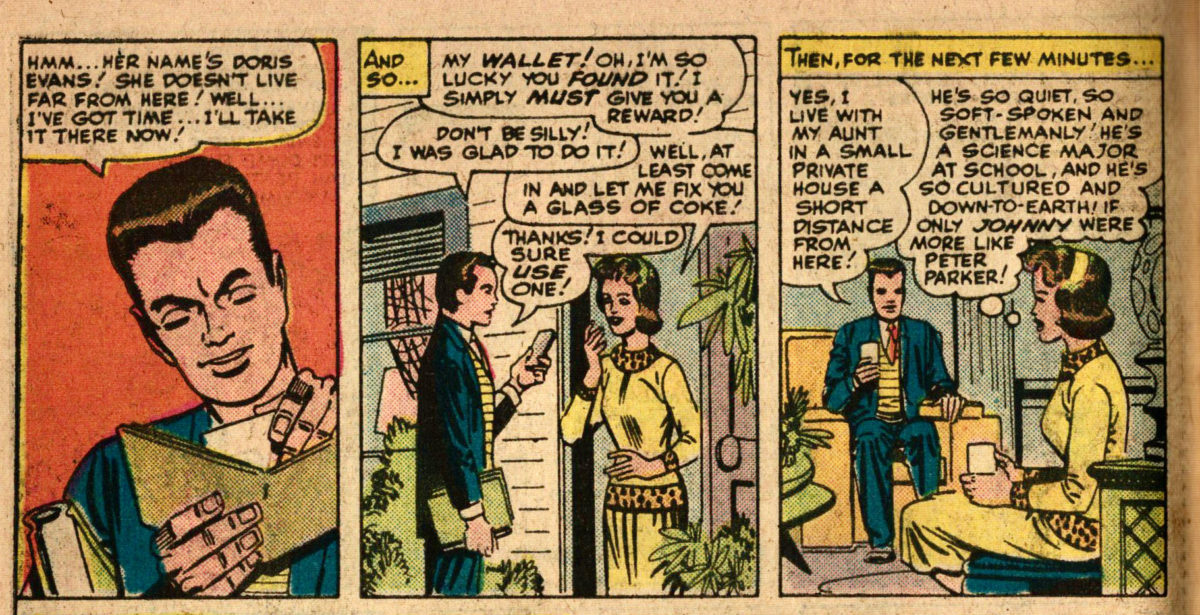Featuring: Thor
Release: June 1, 1965
Cover: 1965
25 cents
Mighty story by: Stan Lee
Majestic art by: Jack Kirby
Masterful inking by: Vince Colletta
Mostly lettered by: Sam Rosen
15 pages
| Previous | #376 | Next |
|---|---|---|
| Mystic #39, Story B | PRELUDE | |
| Daredevil #9 | Reading order | Amazing Spider-Man #28 |
Thus, the Thunder God falls.. for time without end.. through a vast void of heavy nothingness… of shimmering energy barriers and mystic space disrupters…
This is the first Thor Annual. Your 25 cents is mostly buying you reprint stories. But you also get a 15 page new Thor story, which is perhaps more properly a Tales of Asgard story, focused as it is on an early adventure of Thor. In those tales, Loki is always scheming to kill him, but Thor seems blissfully unaware.

We’ve reviewed some early history of Hercules and Zeus. Marvel introduced a gigantic superhero named for Hercules then weeks later introduced a comedic hero named Little Hercules. A mythologically-confused version of Hercules gave his powers to Marvel Boy in 1940 and then to another Marvel Boy in 1943. Tommy Tyme witnessed the mythological Hercules’ legendary battle against Antaeus, which bore quite the resemblance to a Thor story we read where he battled Sigurd.
Jupiter was a recurring character in Venus, and the Jupiter of Roman myth is very similar to the Zeus of Greek myth. We saw Zeus unleash a Fury in a 1955 fantasy story. We know Zeus had given Pandora her box from a 1961 Tales of Suspense story. And that Pandora’s Box was later used by the Sorcerer to menace Johnny Storm. In the early days of our reading, we read a weird tale where Zeus came to Earth to prove his power, and was offered movie deals.
But those appearances of Hercules and Zeus are not necessarily part of our canon. This issue represents the proper Marvel Universe introductions of Hercules and Zeus.
Continue reading “Journey Into Mystery Annual 1”






























